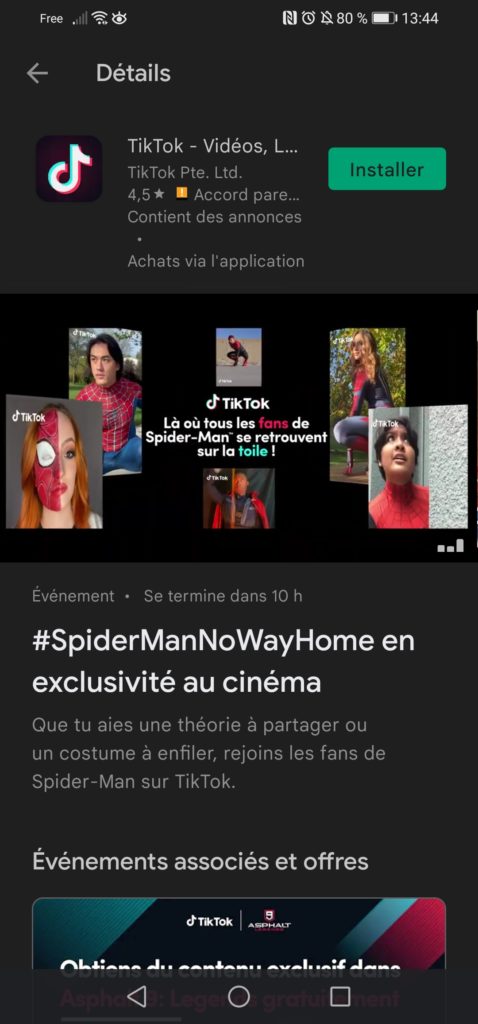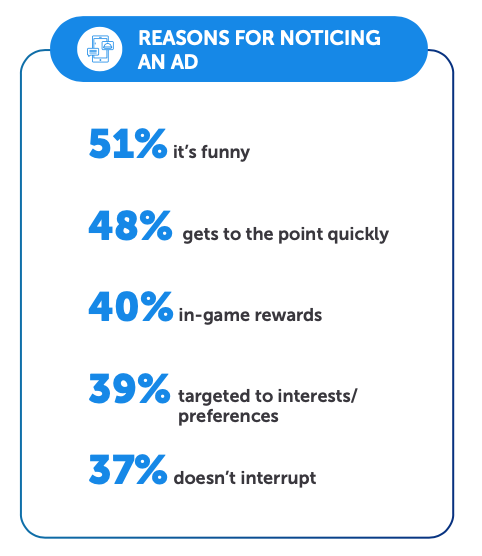4 ASO predictions for 2022
App Store Optimization (ASO)
February 14, 2022
2021 was a busy year for ASO, first, there was the privacy movement that brought Apple’s infamous ATT and Google’s brand new privacy section. What will be the big ASO topic of 2022? There’s a lot going on in the industry right now but we’ve placed our bets on 4 major trends for this year.
1. The rise of Custom Product Pages
Last year, during WWDC, Apple introduced a couple of great ASO tools: in-app events, A/B testing (called Product Page Optimization), and Custom Product Pages. If PPO (Product Page Optimization’s new ASO nickname) had a rocky start, CPP (Custom Product Pages) is already getting everyone excited about the new prospect.
CPP is a great UA tool that will help bring targeted advertising to your ASO strategy. Thanks to it you can create up to 35 custom product pages for your app and make sure they match with your UA campaigns.

This tool focuses on the use of creatives, which are a key component of any ASO strategy. Since it’s pretty new, it only got released in December, it’s not yet integrated to other tools (like Facebook and Google ads). Apple’s very own Search Ads has announced the end of Creative Sets in January, presumably to make room for Custom Product Pages.
Once CPP can be integrated into these advertising tools, it should be off to a great start. Indeed, Apple Search Ads is arguably one of the most efficient advertising tools for the App Store. It allows you to place your app at the top result for the keyword of your choice. According to Apple, using Search Ads brings your conversion rate to 50%. Pretty impressive.
While they’re still a new tool, there’s no doubt 2022 will give custom product pages a chance in the ASO spotlight.
2. Google LiveOps will finally get out of beta
Google is not one to let Apple have fun on its own. LiveOps is Google’s version of Apple’s in-app events. For now, it’s only available in beta version to some developers. With LiveOps you can create “real-time events, offers and updates that will be displayed on the Google Play Store in the form of LiveOps cards”.


Just like in-app events, LiveOps could be a great tool for apps (and especially for mobile games) allowing developers to share special offers, major updates, limited-time events, crossovers and pre-registrations announcements with your users, and hopefully drive downloads (and re-downloads).
Now that in-app events are getting bigger recognition and everyone is starting to get familiar with them, it would be a great time for LiveOps to finally become available to everyone.
3. Time for your creative assets to shine
The indecisiveness around the privacy situation is making app marketers focus more on the creatives. If you’re not sure your ads will reach the intended audience, it’s better to create an effective ad that will target a larger audience.
Wherever you’re planning to place your ad, videos are one of the most efficient ways to advertise your app. According to HubSpot, 55% of people pay close attention when consuming video, more than all other types of content.

If you’re planning to deploy a user acquisition campaign, you should note that social video generates 1200% more shares than text and image content combined. Video is still the winning asset, it’s not different for apps and mobile games.

If you’re planning to deploy a user acquisition campaign, you should note that social video generates 1200% more shares than text and image content combined. Video is still the winning asset, it’s not different for apps and mobile games.
Now more than ever, video content is the way to promote your app. You can even reuse a video ad or a preview video in several spots: in a UA campaign or in Search Ads for example. Of course, it’s more efficient to adapt your video to the audience and the platform, but nothing’s preventing you from making the most of your video content.
In 2022, turn the spotlight on your videos.

Don’t forget to have some fun!
Just because you’re producing ads doesn’t mean it has to be boring. Even with explainer videos, consumers have said the main reason they notice an ad is the humor.
Don’t take too long to share the important information, add a sprinkle of humor and if you can, make sure your ad is shared in a timely manner (not interrupting whatever the consumer was doing, even better if it’s tied to in-game rewards!).
4. Less targeting, more context
2021 was defined, for mobile marketers at least, by the arrival of Apple’s App Tracking Transparency. This was only the start of big changes to come for targeted advertising. Facebook is looking into implementing new rules for its ad business, rules that won’t allow you to target users according to specific and private information (such as sexual orientation for example) and may change the efficiency of their ad machine.
In Europe, elected officials are working on turning the Digital Service Act (DSA) and the Digital Market Act (DMA) into law. Both of these would allow mobile users to refuse ad tracking, and this time it won’t only be iOS users.
Google is also launching the first stages of their privacy strategy. While they making some changes to the planned disappearance of third-party cookies (FLoC is out, Topics is in). They’ve apparently decided against bundling users together in small groups according to their browsing history (and then letting advisers have access to these cohorts’ information for marketing purposes) and are looking into labeling users within topics, allowing advertisers to target their ads using specific categories. Users will be able to see their “topics” and monitor and delete them.
Google was also discussing letting Android users delete their GAID (the Android equivalent of the IDFA, their personal identifier) and turning it into an unusable serie of 0. However, unlike Apple’s ATT, users will need to go into their settings and do it themselves (after having heard about the possibility beforehand) so we can forecast that the impact will be minimal.
All this talk around privacy and creating legislation to restrain targeted advertising is helping contextual advertising make a comeback. Contextual advertising is just as effective as targeted ads, it can take many forms and help you boost your app’s visibility without users feeling stalked and monitored.
Have you noticed any trends emerging for 2022? What do you think of the ones mentioned above? Tell us in the comments!
- Mobile Video Monthly #38 – November 2023 - 5 December 2023
- Disturbing ads, a new trend for mobile gaming creatives? - 28 November 2023
- The Power of Holiday Marketing in Boosting Mobile Game Engagement - 21 November 2023

